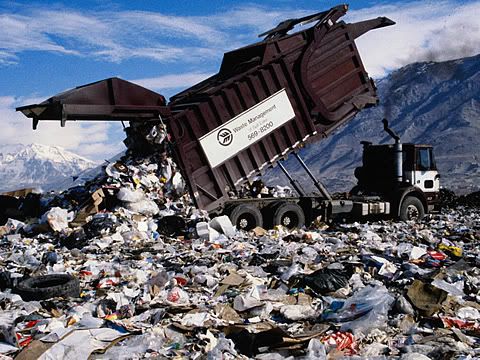
The United States have 5% of the population but use 30% of resources. At this rate, we would need 5 earths if everyone consumes at the same rate as the US.
Currently, out of the 100 largest organizations, there are 49 countries and 51 companies. This phenomenon means that companies, especially MNCs, are more and more powerful politically and have more sway over politicians and policy-making. One risk is that if politicians threaten to slap entire industries with stricter environmental controls, these companies may threaten to stop operations in that country altogether and shift to another country with looser regulations to continue operations.

Currently, there are over 100,000 synthetic chemicals in commercial and industrial usage, yet only a handful has been tested. We do not know the long-term effects of almost all the chemicals that we have contact with daily, or whether those chemicals have a poisoning effect on humans. With the rapid advance in technological improvements, regulation is failing to catch up.
I disagree with some of the views of the video. People move to cities because they want to be part of the vibrancy, to find more opportunities that they will never have in the villages. If they can have similar income levels or material comfort in the rural areas, they will not choose to migrate to the cities and live in slums. They move to the cities because they believe that their standards of living will rise, not fall.
Companies are able to produce goods at low prices not because they are oppressing the workers but because companies reap economies of scale and outsource output to places with lower labor costs. Similarly, workers in the third-world countries will not be willing to work in the ‘sweatshops’ if they can find better opportunities, which unfortunately do not exist. The factories of MNCs are not only often better equipped and provide workers with better welfare than local factories, they also have higher standards of safety.
The video trivializes computer advances as well. The presenter said “a small part of the computer” is all that continually improves and because it doesn’t fit into the older computers, you have to throw away everything and buy a new one altogether. She discounted technological advances in other components of the computer such as hard disk, RAM, a bigger power supply for all the new components etc. Computer parts also do not “change in shape” so often, and the reason why they change is because engineers have discovered a better or more efficient way of arranging components in the computer.
I find her extremely hypocritical because she is probably part of the same consumer generation that uses up resources and generates lots of waste.
She over-generalizes that everyone in America wakes up to shop, then to work to pay for the shopping, then go back home and wake TV and be convinced by the advertising to buy more products and work more to pay for it etc. Obviously not everyone will be like that, because not everyone is so materialistic.
After the video screening, Prof Shahi said that all industries today are based on fossil fuels that are non-renewable resources. It is well-known that global economic growth picked up during the Industrial Revolution, but mining of natural resources, of coal, oil, metals etc. began its exponential growth during that period as well. Prof also mentioned that energy intensity generates wealth in this society, which I believe is true, because energy intensity is proportional to productivity gains which is the underlying factor in economics growth.
In the end, however, we have to learn how to Balance economic well-being and environmental well-being, and it is an issue that as students and young adults, we have to consider really carefully, for the sake of future generations and the future of the Earth.
After that, we discussed the Shahi landscape model for technology assessment, about the valley, summit and cloud opportunities. I think it is a really good and succinct chart to map out the route that most start-ups take. For new start-ups, to earn big bucks, they have to choose the summit path, where the product is proven to be well-received by the market and there is a large demand for it. For risk-takers, however, they will choose the cloud route, where ideas are not proven and it is not known whether the market will be receptive to those ideas yet. Sometimes, it is the product that creates the market. Sometimes it’s the other way round.
In summary:
Should innovation be Market driven? Summit scenario, where u make big money
Should innovation be technology driven? Cloud scenario, unknown outcome.
No comments:
Post a Comment